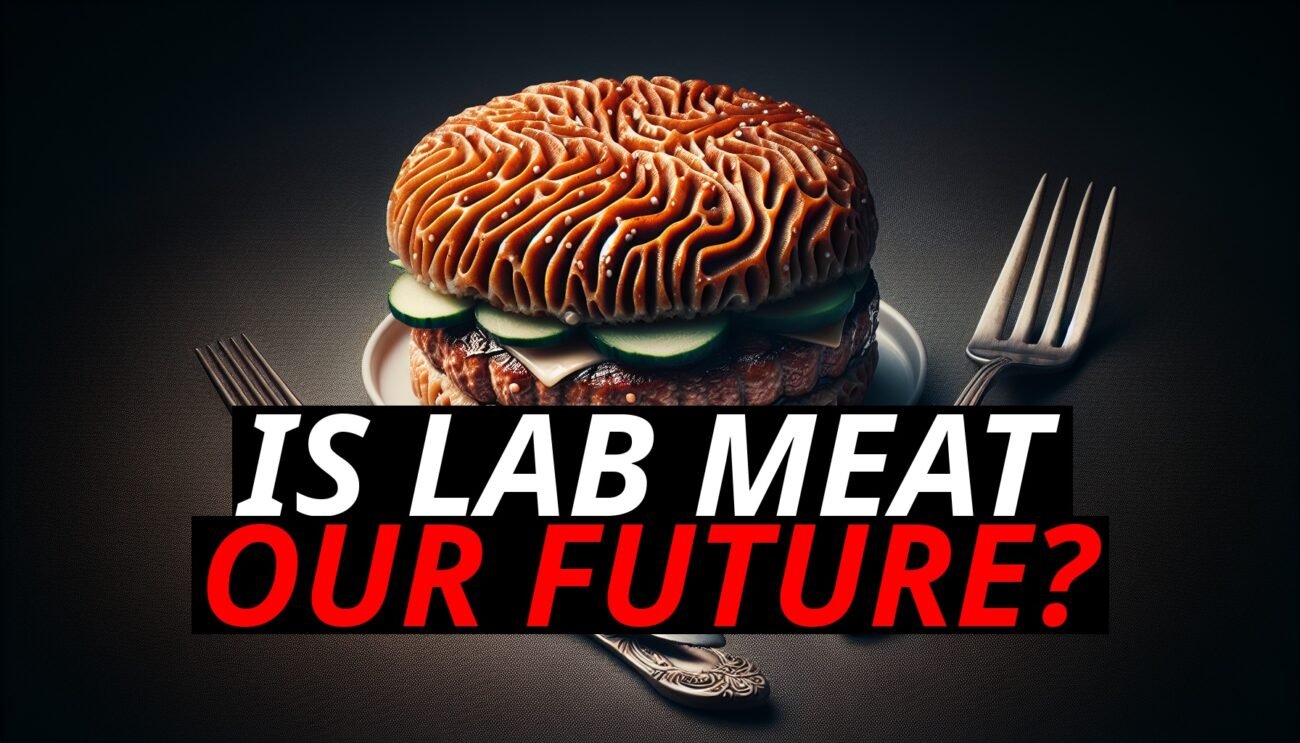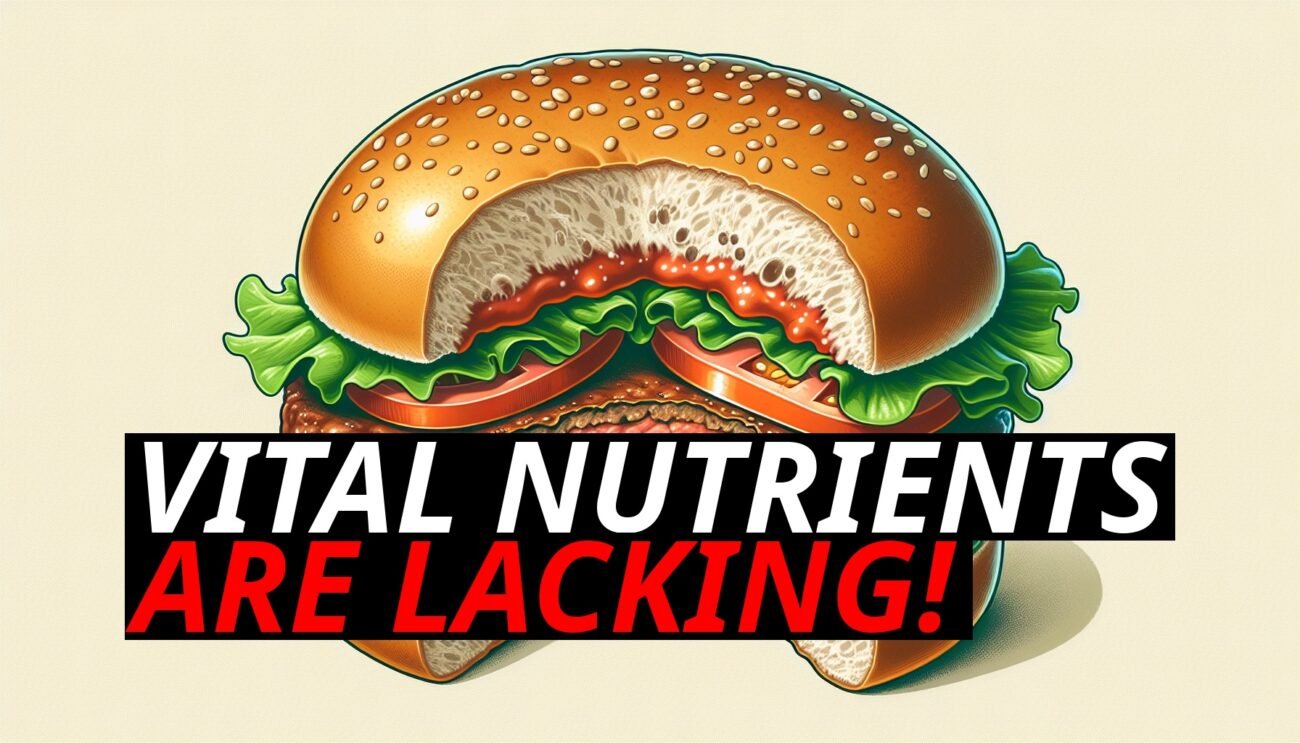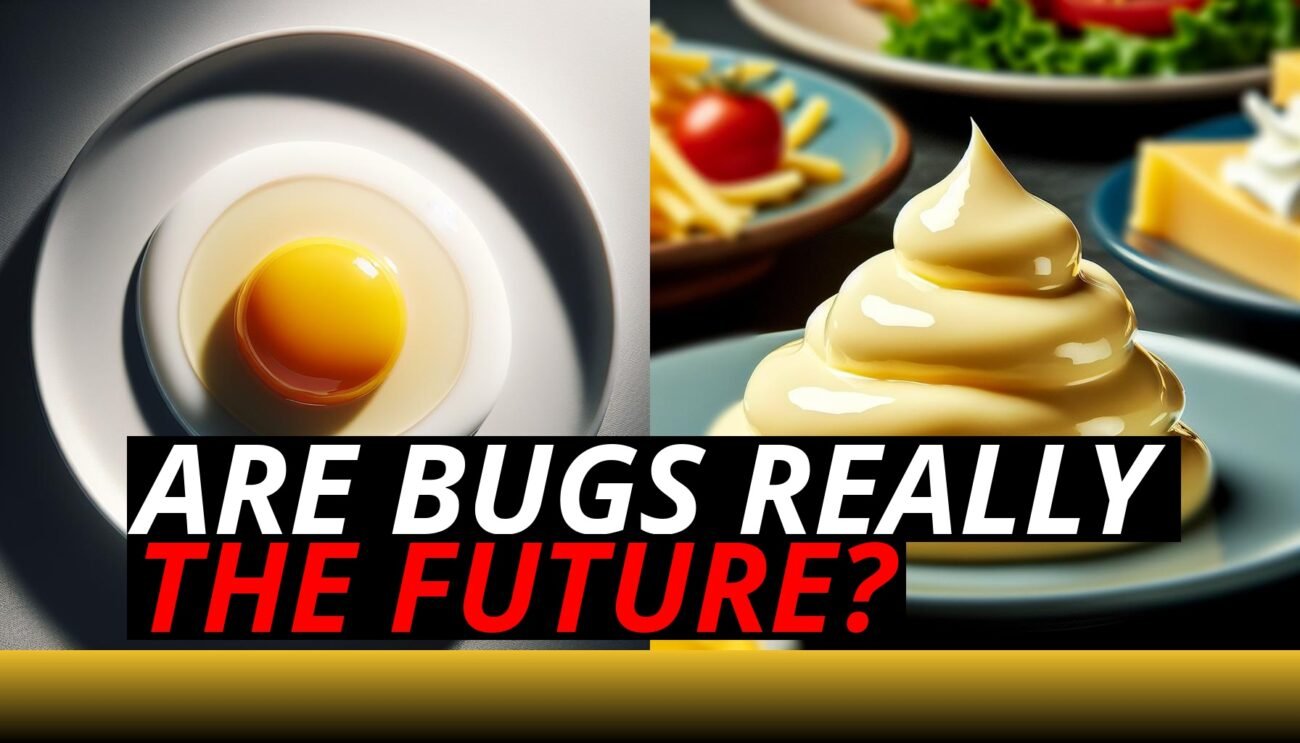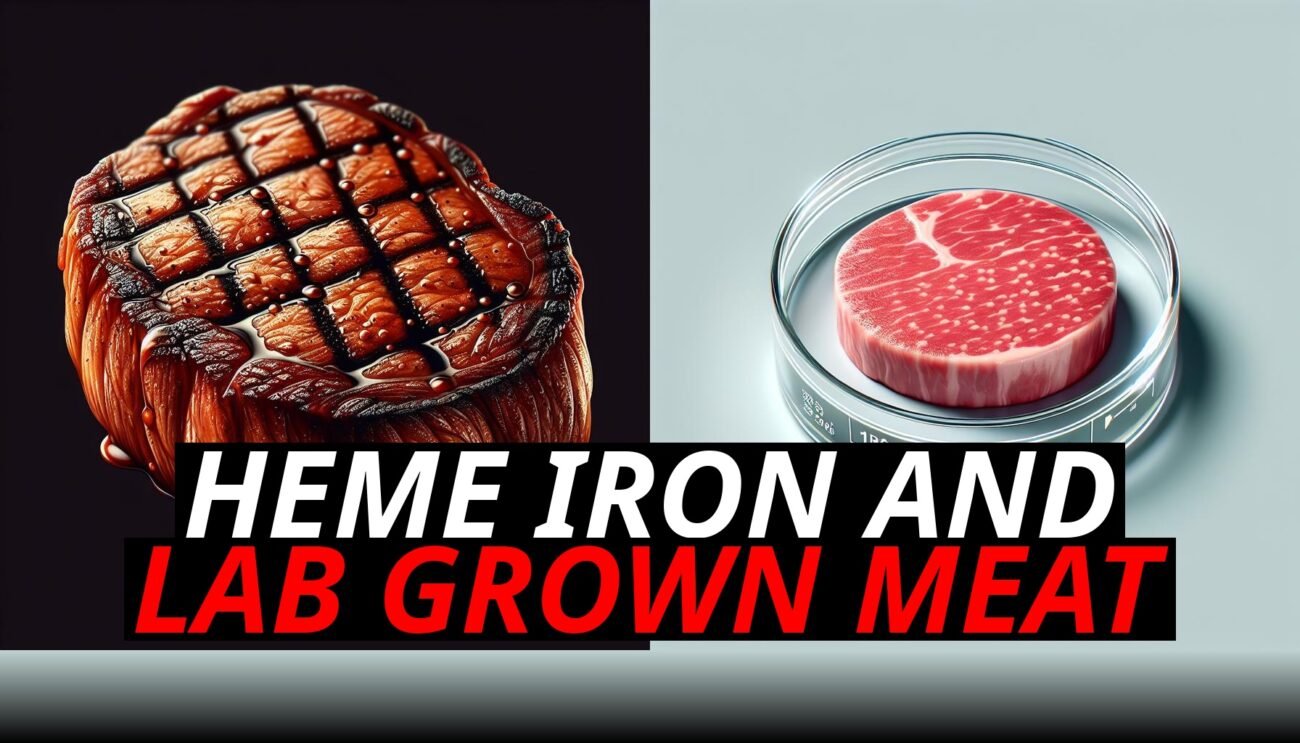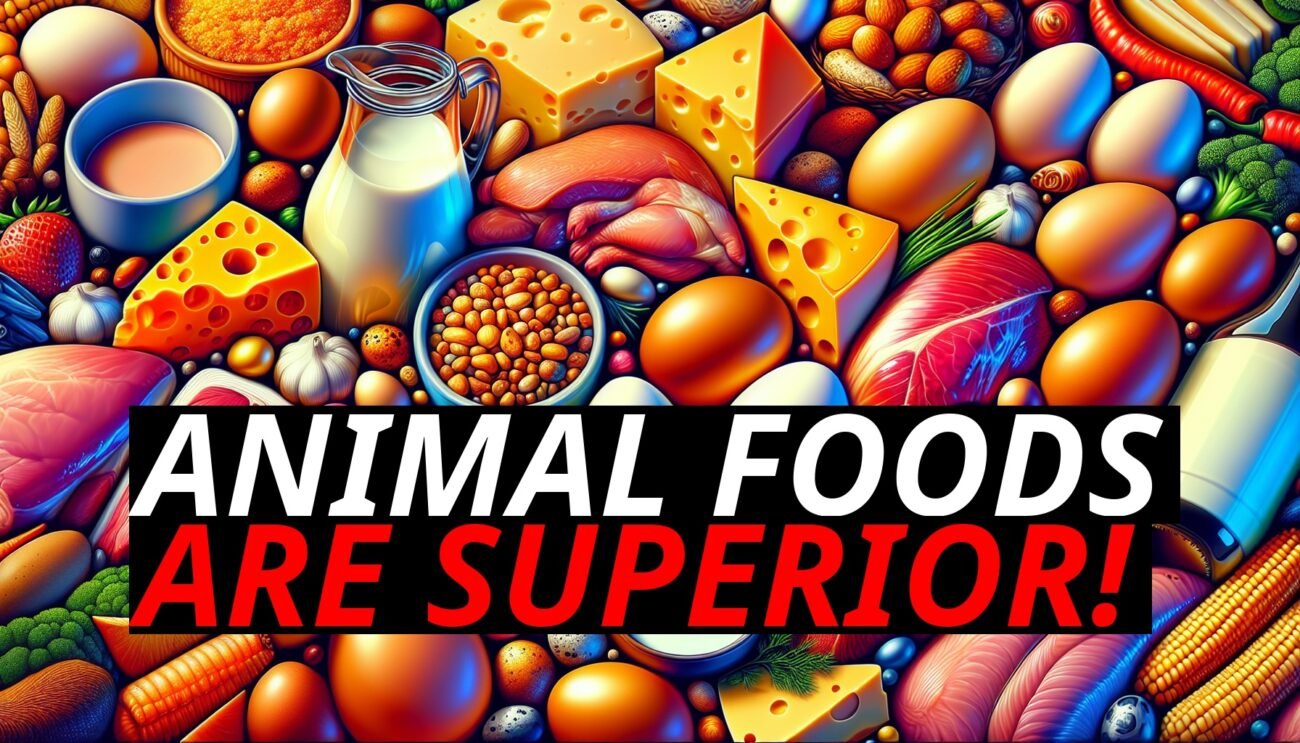Imagine sitting down for a meal and being offered a plate of crickets or a stew made from mice. While this might sound strange to many, bugs and small animals like mice have been used as opportunistic food sources throughout history. They can be valuable in survival situations or in certain cultures, but have you ever wondered why we don’t see large-scale farms dedicated to crickets, mice, or similar creatures?
Despite their value in some contexts, these animals remain niche food sources, and there’s a good reason why. Let’s dive into why we don’t farm these creatures on a mass scale and why they remain opportunistic foods rather than mainstream staples.
Opportunistic Food: Bugs And Mice In Survival Situations
Throughout history, people have learned to make use of whatever resources are available in times of scarcity. When traditional food sources like livestock or crops are in short supply, people have turned to bugs and small animals as a means of survival.
For survivalists, insects like crickets, grasshoppers, and mealworms are rich in protein and can be easily gathered in the wild. Similarly, small animals like mice or rats have been hunted in desperate times to provide essential nutrients.
These creatures are ideal in a survival context because they:
- Reproduce quickly: Bugs and small animals have fast life cycles, making them easy to gather or trap when needed.
- Require little effort to catch: No large hunting tools or elaborate setups are required to catch insects or mice in the wild.
- Provide essential nutrition: They offer valuable protein and other nutrients when larger food sources are unavailable.
But while bugs and mice can serve as lifesaving food in dire situations, they aren’t ideal for long-term farming. They work best as improvised food sources, gathered when needed, but not as animals we build entire industries around.
Why We Don’T Farm Bugs: The Issue Of Taste And Culture
Even though bugs have been part of some diets for centuries, especially in places like Southeast Asia and Africa, they’ve never become a staple food globally. One of the biggest reasons we don’t farm bugs on a large scale is simple: people don’t want to eat them.
Here’s why:
- Taste and texture: Bugs have a crunchy or squishy texture that many people find off-putting. Even when dried or processed into powder, the flavor doesn’t appeal to most Western palates.
- Cultural resistance: In many cultures, bugs are seen as dirty or associated with pests, not food. Getting people to shift their perception of insects from nuisance to nourishment is a significant cultural hurdle.
- Low demand: Simply put, the demand for bugs as food is limited. While niche markets may exist, they don’t generate enough interest to justify large-scale farming.
Because of these factors, bug farming hasn’t taken off in the same way as traditional livestock farming. People would rather reach for a familiar source of protein like eggs, dairy, or meat than venture into the unfamiliar territory of insects.
Why We Don’T Farm Mice: Small, But Problematic
If you think about it, mice seem like they could be a perfect candidate for farming. They reproduce quickly, are small, and can thrive in various environments. Yet, just like bugs, mice remain an opportunistic food source rather than a farmed animal. Why?
- Health concerns: Mice are known carriers of diseases, and farming them at scale could introduce health risks to both the animals and the humans consuming them. Containing these risks would require costly infrastructure and intensive management, making farming mice far more complicated than it seems.
- Ethical concerns: Many people already have ethical concerns about large-scale farming practices, and the idea of farming mice is likely to raise additional concerns. Mice are often seen as pests, but they are also considered companion animals by some, which makes the concept of farming them for food controversial.
- Consumer preference: Like bugs, mice are simply not seen as desirable food by most consumers. Cultural norms play a significant role in which animals are considered acceptable for consumption, and mice don’t make the cut for the majority of people.
These challenges make the prospect of farming mice far less practical than it might seem at first glance. While they may be useful as survival food, the logistical, health, and cultural challenges they present make them unsuitable for large-scale farming.
The Role Of Bugs And Mice In Traditional Cultures
While farming bugs and mice on a large scale isn’t practical, they do hold a place in traditional cultures and local cuisines around the world. In many parts of the world, insects are consumed as part of a seasonal diet, or as a delicacy during certain festivals.
In countries like Thailand and Mexico, insects are sold in local markets as street food, often fried and seasoned to enhance their flavor. In these cultures, insects are considered a specialty, rather than a staple, and are often eaten as a snack or side dish, not the main course.
Similarly, small animals like rats or guinea pigs are consumed in specific regions, often in rural areas where other food sources are limited. These animals are part of the local food system, but they have never been scaled up for industrial farming. The reasons are largely the same—people are comfortable eating them in small, familiar settings, but they’re not eager to see these animals farmed on a large scale.
Why Bugs And Mice Remain Niche: The Issue Of Scalability
The main reason bugs and mice remain niche foods is that they don’t scale well. Farming insects or small animals like mice requires a controlled environment, significant investment in infrastructure, and ongoing management to ensure safety and quality.
For bugs, the need for climate control (warm temperatures and humidity) makes large-scale farming energy-intensive, which goes against the claim that they are more environmentally friendly than livestock. For mice, the issue is health risks and the ethical implications of raising them for food.
In contrast, traditional livestock like cows, chickens, and pigs have been successfully farmed for thousands of years because they scale well. They produce more meat, milk, and eggs per animal, and their by-products are useful in multiple industries, making them far more economically viable than bugs or mice.
Conclusion: Bugs And Mice As Opportunistic Foods, Not Farmed Staples
Bugs and small animals like mice have their place in the world of food—they are valuable as opportunistic resources in survival situations and in certain traditional cultures. However, they are not well-suited for large-scale farming for several reasons: people don’t want to eat them, they don’t scale well, and they present health and cultural challenges.
In the end, bugs and mice work best as niche foods, gathered when needed or enjoyed as a local delicacy, but they’re unlikely to replace traditional livestock in our food systems. So, while they may provide an emergency source of protein or a culinary adventure, don’t expect to see mice or cricket farms popping up next to dairy farms anytime soon.


